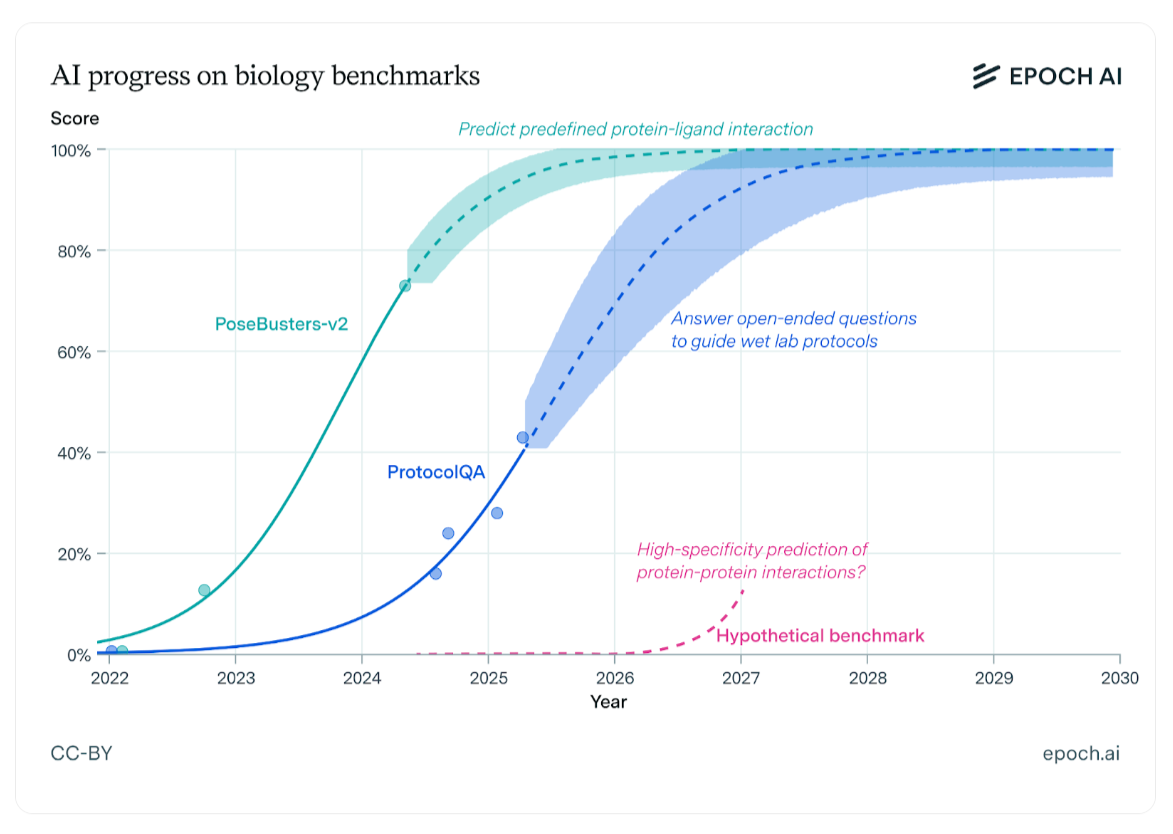
The protein folding problem has been a major challenge in the field of molecular biology for decades. Solving this problem requires a detailed understanding of the folding mechanism, the folding code, and the ability to predict protein structures with high precision. Recent progress, such as the development of DeepMind's AlphaFold 2, has demonstrated remarkable advances in protein structure prediction. AlphaFold 2's performance in the 2020 Critical Assessment of Structure Prediction (CASP) competition has been considered a major breakthrough. However, achieving a comprehensive understanding of the protein folding problem, including the folding mechanism and the folding code, remains an outstanding challenge.
Will the protein folding problem be completely solved, including a detailed understanding of the folding mechanism, the folding code, and a highly precise ability to predict protein structures that exceeds the accuracy of AlphaFold 2, before January 1st, 2040?
Resolution criteria:
This question will resolve to "YES" if, before January 1st 2040, a solution to the protein folding problem is publicly and credibly documented to have:
Demonstrated a detailed understanding of the protein folding mechanism, which must include:
An explanation of the thermodynamic and kinetic principles governing protein folding, including the underlying energy landscape and the role of intermediates and transition states.
A description of the specific molecular interactions, such as hydrogen bonding, hydrophobic interactions, and van der Waals forces, that drive protein folding.
An elucidation of the role of chaperones and other cellular components in assisting protein folding and preventing misfolding or aggregation.
Identified and explained the folding code, which governs the relationship between amino acid sequences and protein structures. This must include:
A set of rules or principles that accurately predict the native structure of a protein based solely on its amino acid sequence.
An understanding of the role of intrinsically disordered regions and how they contribute to protein function or folding.
An explanation of how the folding code is robust to sequence variations, such as single amino acid substitutions, insertions, or deletions.
Developed a computational method or system capable of predicting protein structures with an accuracy that exceeds AlphaFold 2, as measured by the Global Distance Test (GDT_TS) score. The method or system must achieve an average (mean) GDT_TS score of at least 95 across a representative set of protein targets, including proteins of varying size, complexity, and function.
A successful demonstration must be accompanied by:
A publicly accessible report or documentation describing the detailed understanding of the folding mechanism, the folding code, and the protein structure prediction method or system.
Independent validation of the results by at least two separate entities with expertise in molecular biology, bioinformatics, or related fields. These entities can be research groups, institutions, or companies.
The publication of the findings in one or more peer-reviewed scientific journals.
The successful application of the protein structure prediction method or system to real-world problems, such as drug design, enzyme engineering, or the study of protein-protein interactions.
I will use my discretion when resolving this question, possibly in consultation with experts.
